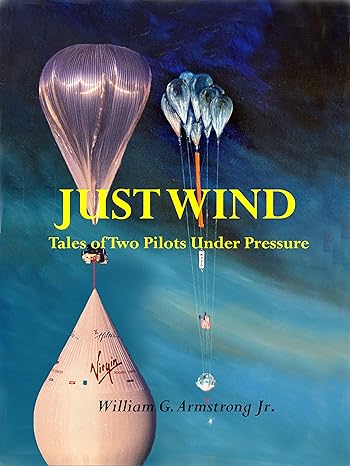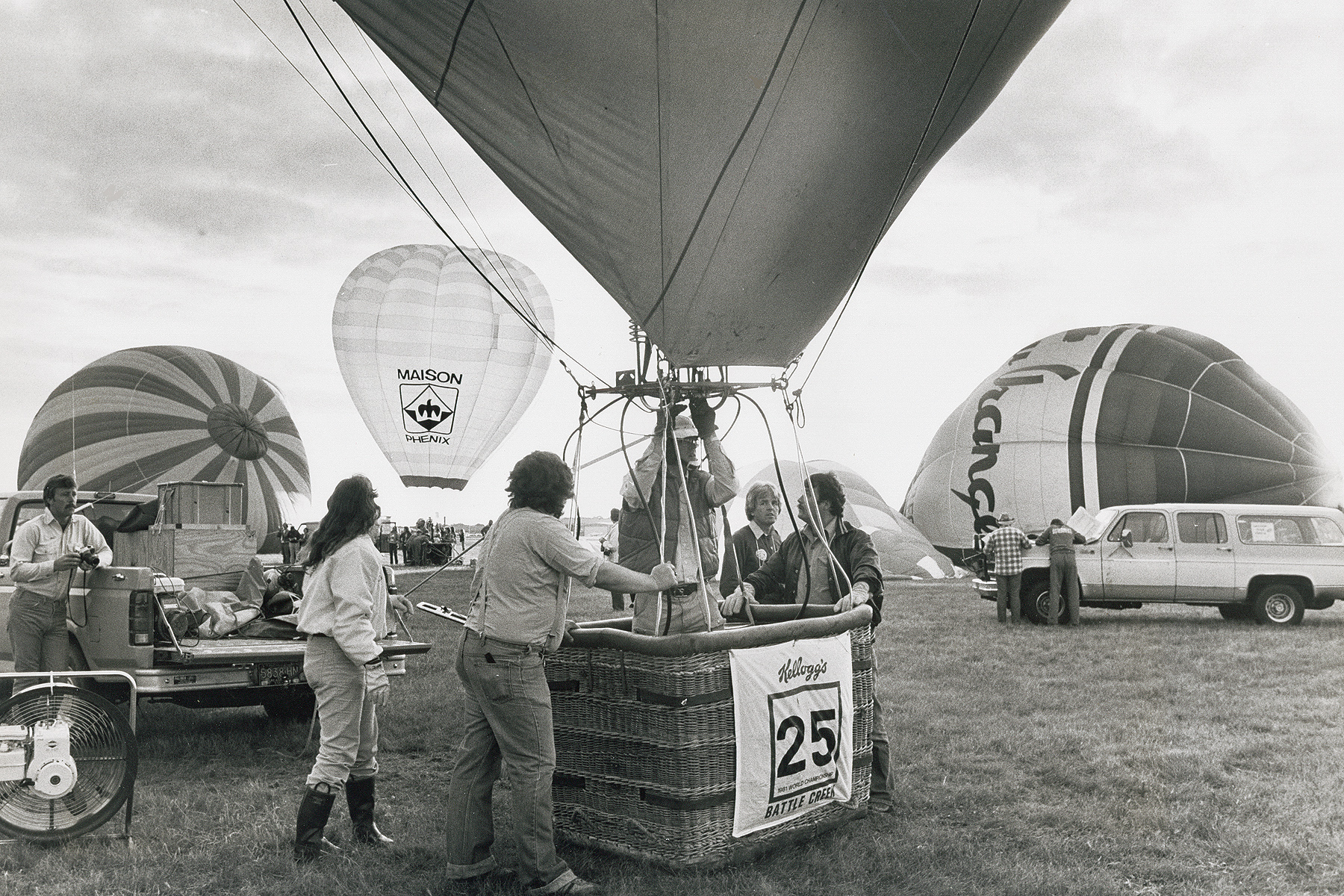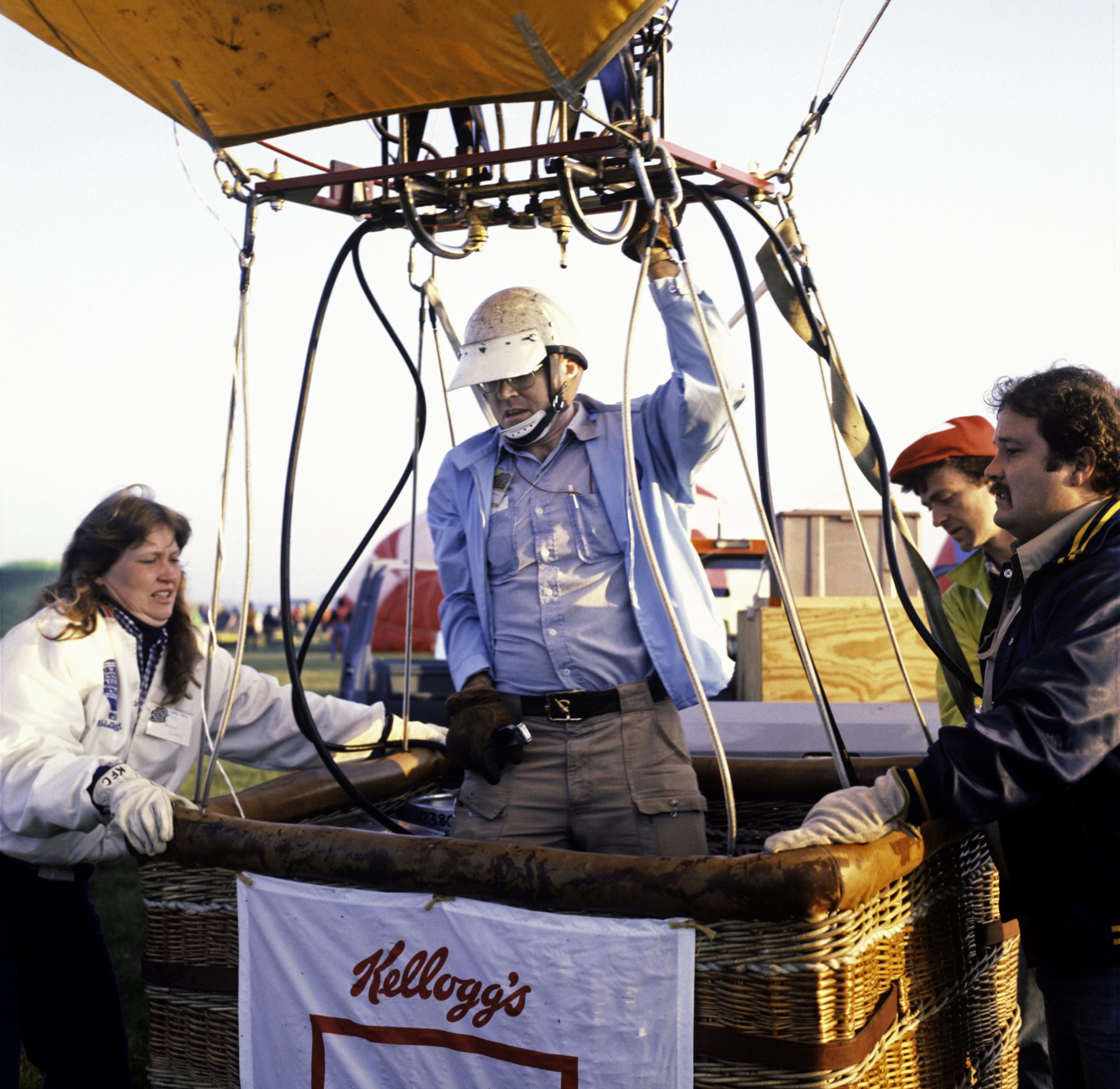
The Kindle version of the book, “Just Wind: Tales of Two Pilots Under Pressure” by William G. Armstrong Jr. was released last year and is as relevant today as it was at its first print publication in 2003. Armstrong’s meticulous and balanced recounting of these high-flying adventures ensures that this book appeals to seasoned balloonists, curious newcomers, and anyone intrigued by adventure, drama, innovation, and the resilience of the human spirit.
With humor, detail, and surprising candor, the stratospheric expeditions of two pioneering balloonists, Tom Gatch and Larry Newman, are recounted from an insider’s perspective, as the author served as the publicist for both projects. Armstrong’s experience—as a commercial pilot for gas and hot air balloons, a writer/editor, and an executive in several national ballooning organizations—adds depth and authenticity to the narrative, offering a rare and intimate glimpse into the world of high-stakes ballooning.
Tom Gatch emerges as a pioneering figure in ballooning, renowned for his innovative use of super-pressure balloon technologyand daring spirit. Larry Newman, on the other hand, represents the competitive and record-setting side of ballooning. His ambitious attempts to break records and achieve new heights are detailed with an intensity that reflects the highly stressful nature of these extreme endeavors.
Armstrong writes with a fluidity that draws readers into the narrative, blending technical details with rich, character-driven stories. He is candid and objective, presenting his subjects with a balanced view that highlights their positive qualities and their human flaws. This authenticity allows readers to connect with the characters on a personal level.
Tom Gatch’s Daring Atlantic Attempt
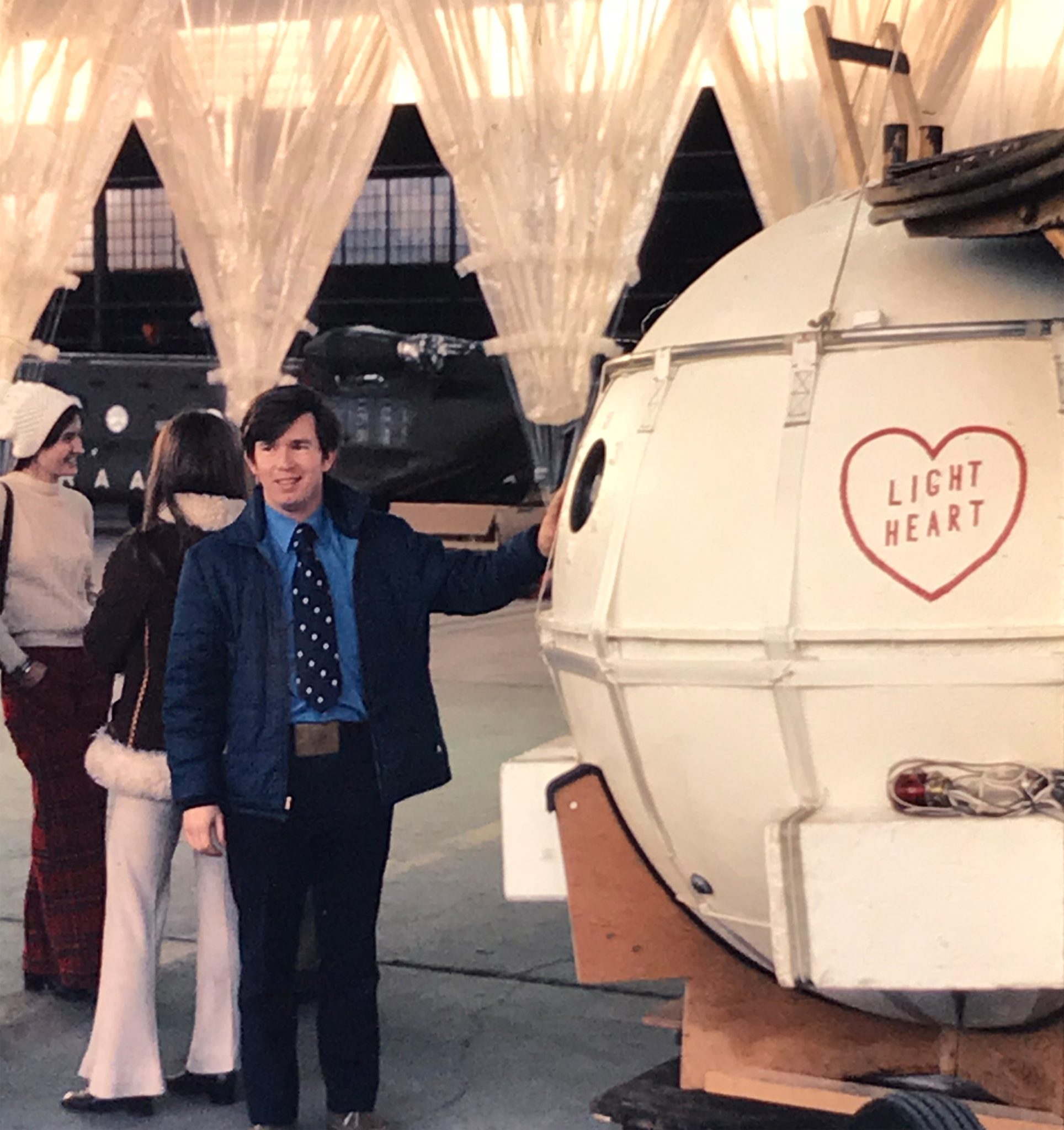
The book opens with the gripping story of Tom Gatch, a self-reliant and determined balloonist who set out solo in 1974 to be the first person to cross the Atlantic Ocean using a 10-balloon cluster. Financing his venture independently, he meticulously prepared for the flight, equipping his aircraft, Light Heart, with the necessary supplies and navigation tools. Launching from Harrisburg, Pennsylvania, Gatch’s flight initially showed promise as he navigated the jet stream’s favorable winds. However, an hour after takeoff, high over the ocean at night, one balloon in his cluster ruptured, presenting a significant threat that required quick thinking and resource management.
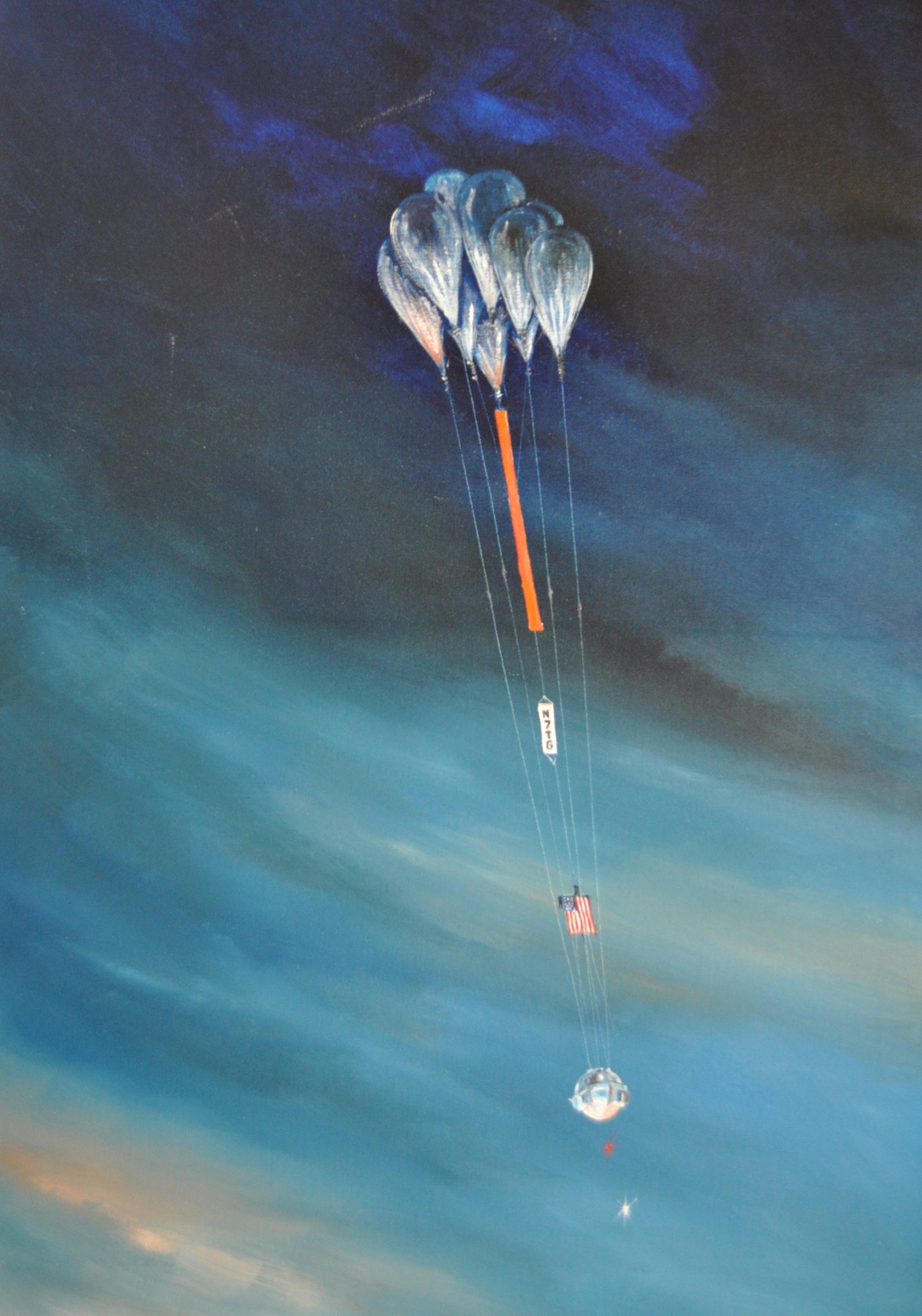
Courtesy William Armstrong
Communication with Gatch became sporadic during the next day, and he eventually disappeared without a trace.The subsequent search by the U.S. Department of Defense yielded no results, leaving Gatch’s fate a mystery and his attempt a poignant reminder of the risks inherent in pioneering aviation. Armstrong captures the tension and paints a vivid picture of the relentless pressure faced by Gatch. The narrative not only highlights the technical aspects but also delves into Gatch’s emotional and psychological journey, making it a gripping read.
Larry Newman’s Transglobal Attempts
The Earthwinds project, a major focus of the book, represents the zenith of ballooning ambition. The goal in the 1990s was to complete a non-stop balloon flight around the world. Newman, who had already been part of crews that crossed the Atlantic and the Pacific, led an international crew in the Earthwinds balloon, aiming to achieve the first non-stop flight around the world. This heavily marketed and expensive expedition showcased the complexities and dangers of stratospheric ballooning.
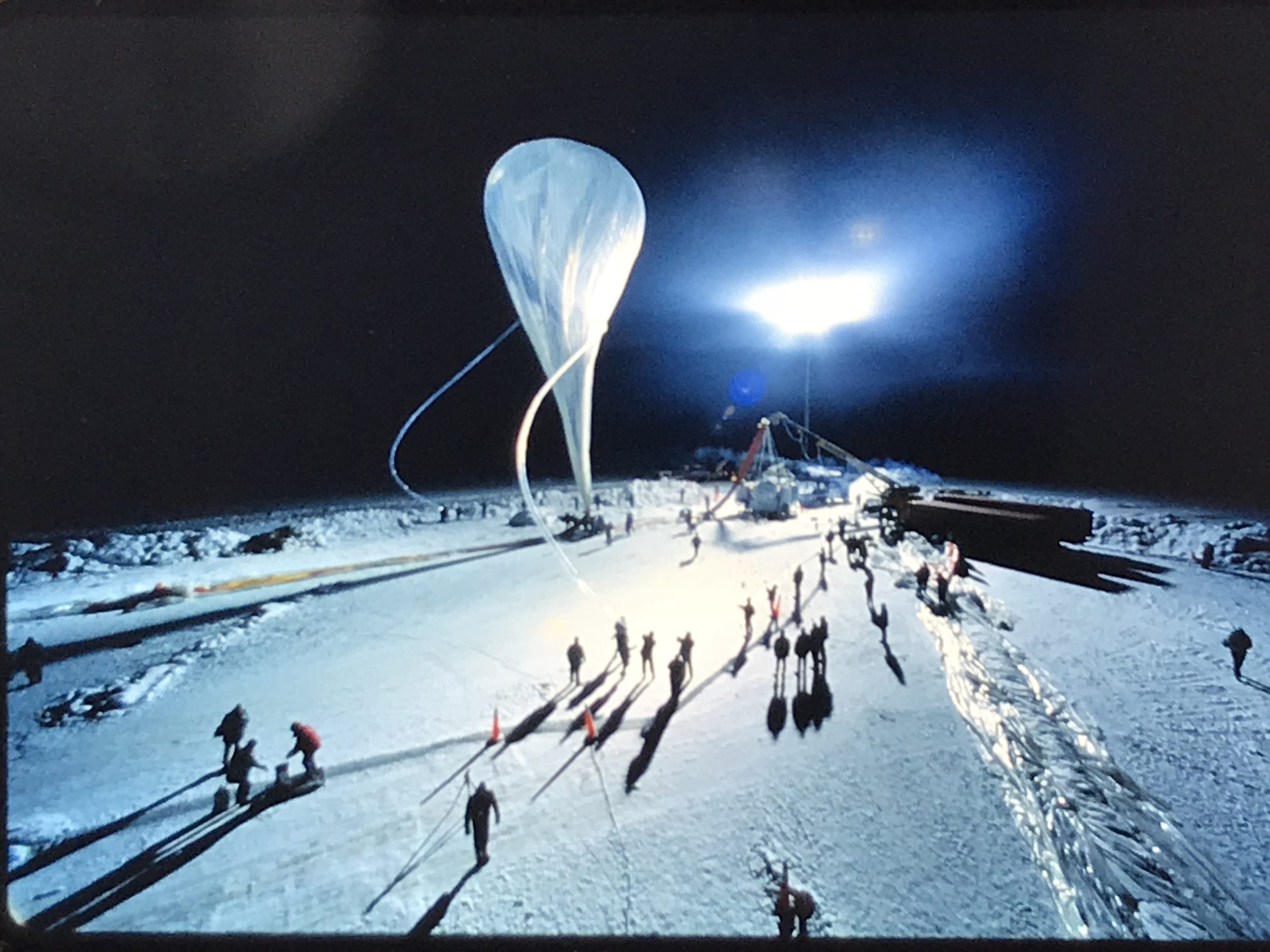
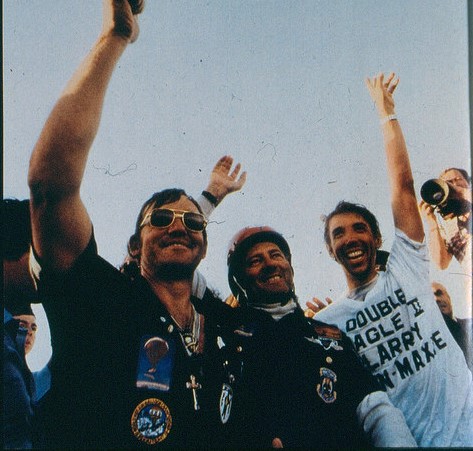
Courtesy of the Anderson-Abruzzo Albuquerque International Balloon Museum (AAAIBM)
Newman often claimed that his 354-foot-tall double-balloon with a pressurized three-man capsule was more complex to fly than the Space Shuttle. Armstrong meticulously documents the three attempts made by the Earthwinds team, each fraught with its own unique set of challenges and setbacks. The author’s detailed recounting of the technical aspects, the emotional highs and lows, and the logistical hurdles offers readers a comprehensive understanding of the dedication and effort required for such extraordinary feats.
Moreover, Armstrong situates the Earthwinds project within the broader context of the 1990s, a period marked by renewed interest in round-the-world ballooning. Several teams were vying for this achievement, leading to fierce competition and significant technological advancements. The preparations involved sophisticated weather prediction models, advanced balloon designs, and international collaborations, all meticulously documented in the book.
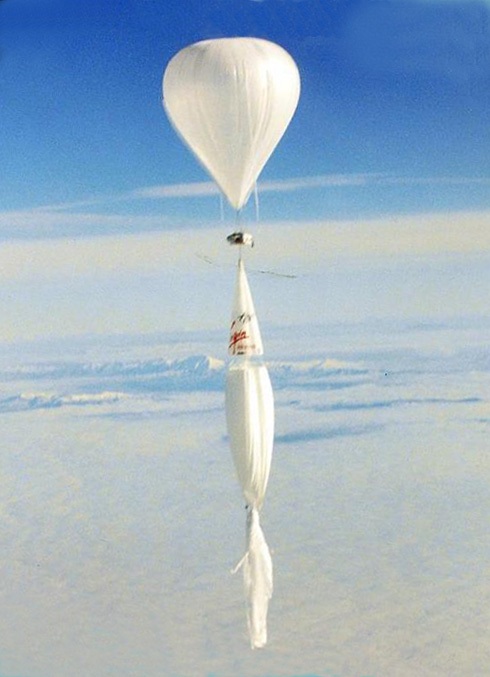
Through his engaging and informative narration, the author effectively conveys the significant impact of two major sponsors on these ambitious ballooning endeavors. Barron Hilton, a hotel magnate and aviation enthusiast, played a crucial role in supporting the Earthwinds ballooning expeditions. Hilton’s involvement extended beyond financial backing, providing essential resources and logistical support. Richard Branson, the entrepreneur and founder of the Virgin Group, renowned for his successful hot air balloon crossings of the Atlantic and Pacific oceans with Per Lindstrand, contributed his flair for publicity and adventurous spirit to these round-the-world ballooning projects.
Readers will find that Armstrong not only documents the tales of Tom Gatch and Larry Newman but also delves into the stories of other crew members, engineers, scientists, media personnel, and volunteers involved in the projects. Through their narratives, he brings a human element to the story, exploring their motivations, challenges, and personal growth throughout their journeys. “Just Wind: Tales of Two Pilots Under Pressure” is a riveting account for anyone interested in adventure, innovation, and the indomitable human spirit.
###

